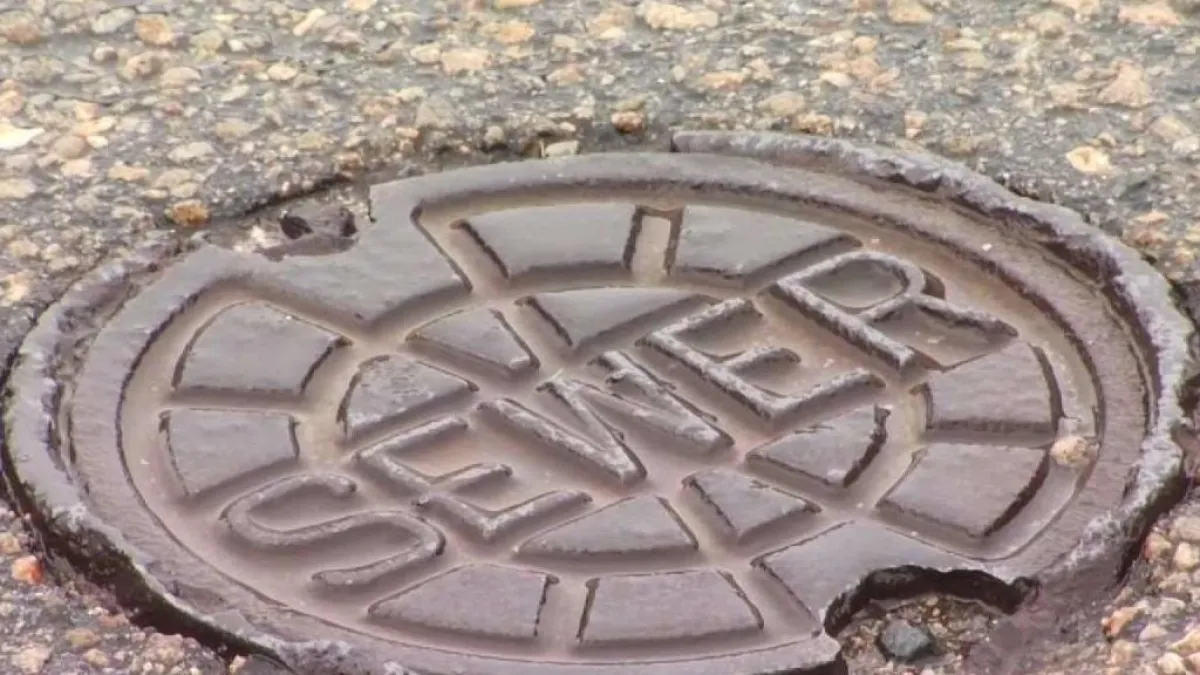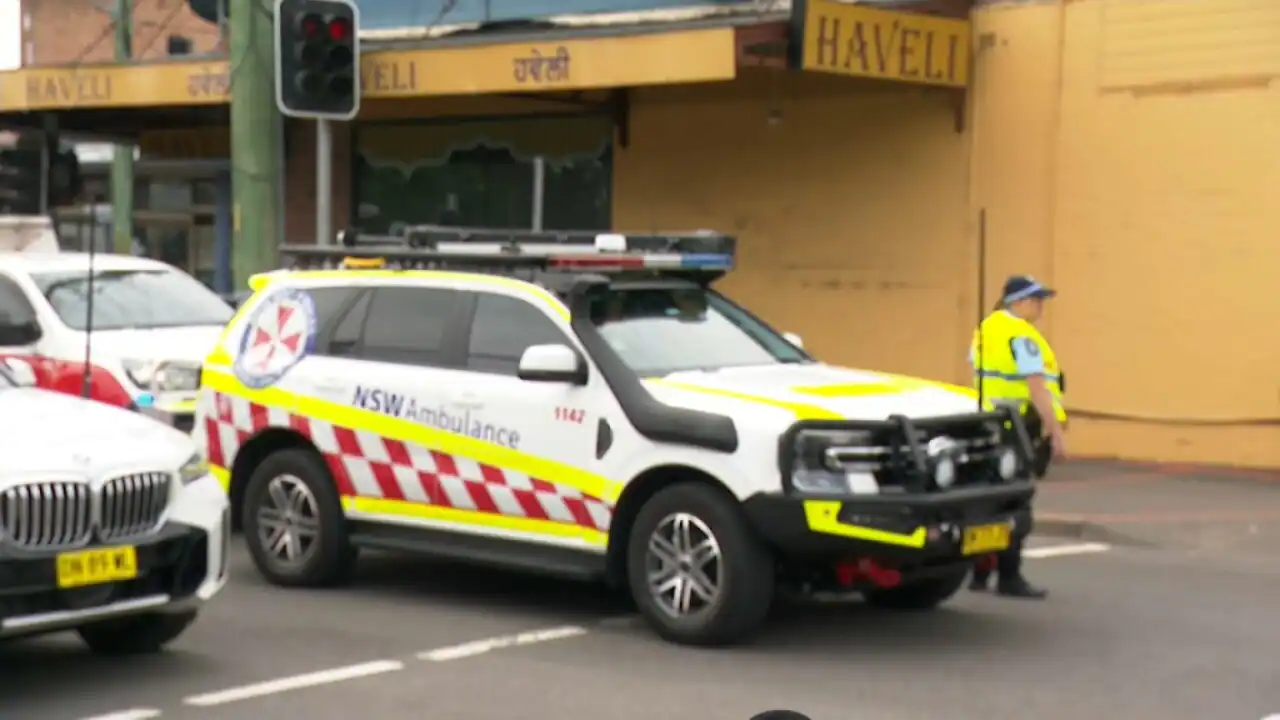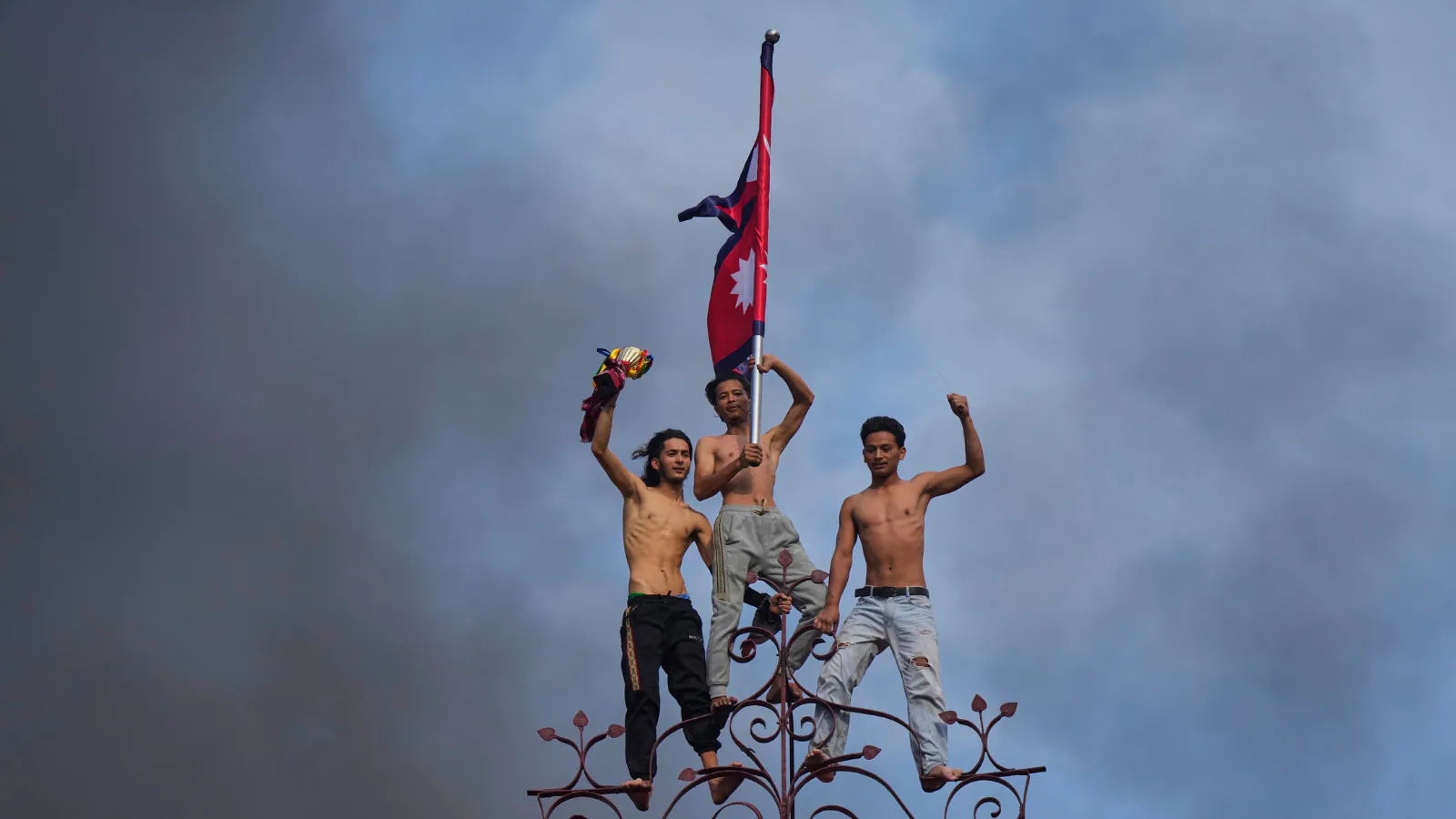
As they develop updated plans to reduce or eliminate the sewage that gets dumped into the Charles River and surrounding waterways during heavy rains, the Massachusetts Water Resources Authority and city officials from Cambridge and Somerville will give an update this week on the options being considered to reduce overflows and what those options could mean for water quality.
Parts of Massachusetts have combined sewer systems, in which surface runoff is put through the same pipes as sewage. When it rains a lot, stormwater and groundwater overwhelm the systems. To prevent sewage backups into homes and streets, relief points called combined sewer overflows (CSOs) that are built into the wastewater systems are activated and discharge some of the sewage and rainwater into the nearest body of water.
As a condition of variances issued by the Department of Environmental Protection in 2024, the MWRA, Cambridge and Somerville are required to produce updated plans for controlling sewage overflows in the Alewife Brook/Upper Mystic River Basin and the Lower Charles River/Charles Basin areas.
Cambridge has four outfalls at the Alewife Brook/Upper Mystic River Basin, where the MWRA also has one outfall, Somerville has one outfall and one outfall is shared by Somerville and the MWRA. At the Lower Charles River/Charles Basin, the MWRA has six outfalls and Cambridge has three outfalls.
Though 93% of its CSO flows are treated through screening, disinfection and dechlorination, the MWRA said, CSO discharges can carry bacteria and cause algae bloom. The issue is also a major public health concern in the Merrimack Valley.
While the updated CSO control plans have been under development, the Charles River Watershed Association has been working to raise awareness of CSOs and their health impacts, and to “generate pressure on MWRA/Cambridge/Somerville to eliminate them.” The group launched its “Cut The Crap” campaign on Earth Day this year with supporters in poop emoji costumes hanging a banner over the Mass. Turnpike.
“Tens of millions of gallons of sewage-filled stormwater are still discharged into the river every year, and that volume is growing thanks to climate change,” the group said. “The Massachusetts Water Resources Authority (MWRA) deserves credit for much of the cleanup of the Charles over the past several decades. But now the MWRA and the cities of Cambridge and Somerville are balking at finishing the job.”
An apparent preference for full elimination of CSOs from watershed associations was noted in a presentation MWRA staff gave to the organization’s board of directors last week. MWRA officials said in a memo that one of the “major takeaways from the watershed associations included … their concern that the level of control that may be chosen will not meet their expectations for elimination.”
Ahead of Thursday’s public meeting, the CRWA urged its supporters to get in touch with the MWRA, Cambridge and Somerville to make clear “that only the highest level of CSO reduction is acceptable!”
“It’s time to stop dumping disgusting sewage into our environment, it’s unsanitary and harmful and should not be allowed to continue,” the group suggests its supporters say at Thursday’s meeting. “I am requesting that your team ONLY choose alternatives with the highest level of control, where CSOs are eliminated except in a future 25-year storm.”
MWRA officials said in a memo that the “major takeaways from the watershed associations included: (i) their belief that the acute impact of CSO discharges when they occur and their impact to public health are not being appropriately portrayed in the Water Quality Analysis performed; (ii) their dissatisfaction in the time it is taking to develop and implement further CSO control plans; (iii) their desire to see more investment in green infrastructure; and (iv) their concern that the level of control that may be chosen will not meet their expectations for elimination.”
If the report opts for one of the first two options, alternatives include “various combinations of projects (localized storage tanks, micro tunnels, sewer separation, etc.) to address CSO discharges at individual CSO outfalls or smaller groupings of CSO outfalls,” according to an MWRA memo. For the “2050 Typical Year” level of control, alternatives also include “regional tunnel solutions and full sewer separation of combined areas tributary to the variance water CSO outfalls.”
For the two higher levels of CSO control, MWRA said “large storage tanks (sometimes in combination with sewer separation) are being evaluated to control CSO discharges from the one remaining CSO outfall to the Upper Mystic River, and regional tunnels that would collect all the CSO discharges to the associated water body are being evaluated for the Alewife Brook and Charles River.”
“[T]he four levels of control bracket a large range of project type, cost, construction durations and impacts, with limited variation in annual water quality benefits,” the MWRA memo said. The MWRA estimated that planning level capital costs for the CSO control alternatives under consideration range from approximately about $400 million to $5.6 billion.
Cambridge, Somerville and the MWRA will evaluate the feedback from public meetings as they continue assembling the draft report. MWRA staff said they plan to make a recommendation to the agency’s board at its Oct. 22 meeting.
The plan is to file the draft updated CSO control plan “in December 2025,” MWRA said, before a series of public meetings and hearings. MWRA staff said they “envision robust public involvement following submittal of the Draft Plan” and that they will then make “further adjustment to the Draft Plan” before a final updated CSO control plan is submitted in January 2027.



